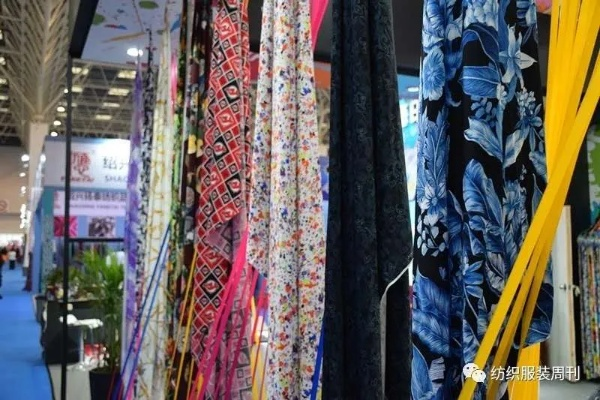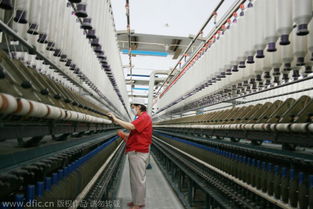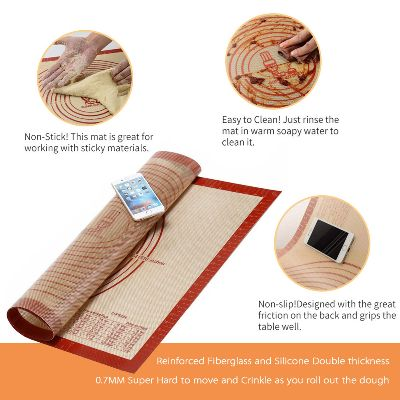Fabrics and Textiles Testing for Marine Resistance:An Overview
: Overview of Marine Resistance Testing for Fabrics and Textiles,Abstract: This paper provides an overview of marine resistance testing for fabrics and textiles. The focus is on the various methods used to evaluate the durability of these materials in saltwater environments, including salt spray testing, water absorption, and mechanical properties tests. The importance of understanding these tests is emphasized as they are crucial for ensuring the long-term performance of marine equipment such as sails, life jackets, and fishing nets. Additionally, the potential risks associated with improperly designed or constructed marine textiles are discussed, highlighting the need for comprehensive testing protocols to prevent damage during exposure to harsh marine environments.
Introduction The textile industry is a vital sector that produces a wide range of products, including clothing, bedding, and outdoor gear. These products are used in various environments, including the ocean, where they face exposure to saltwater and other marine elements. Therefore, it is essential to test fabrics and textiles for their ability to withstand the harsh conditions of the sea. This article will provide an overview of the testing methods used to evaluate the marine resistance of textiles and discuss some examples of successful marine-resistant textile products.
Testing Methods for Marine Resistance There are several methods used to evaluate the marine resistance of textiles, including:
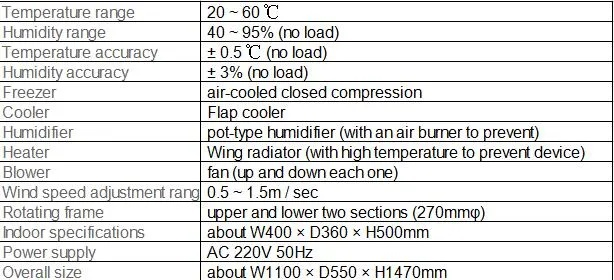
-
Water Absorption Tests Water absorption tests measure the amount of water that can be absorbed by the fabric under specific conditions. The results of these tests can indicate how well the fabric can retain moisture and prevent mold growth. For example, a sample of a cotton shirt may absorb up to 50% of its weight in water at room temperature.
-
Salt Spray Tests Salt spray tests simulate the effects of saltwater on textiles by exposing them to a high concentration of salt particles. The results of these tests can indicate how well the fabric can resist corrosion caused by saltwater. For example, a sample of a polyester jacket may show signs of wear after one month of salt spray testing.
-
Mechanical Tests Mechanical tests measure the strength and durability of textiles under various stresses. These tests can indicate how well the fabric can withstand impacts, such as from waves or debris. For example, a sample of a canvas tent may show signs of tearing after one year of mechanical testing.
-
UV Sterilization Tests UV sterilization tests measure the effectiveness of textiles in preventing bacterial growth under ultraviolet light. The results of these tests can indicate how well the fabric can maintain hygiene and prevent infections. For example, a sample of a swimsuit material may show signs of bacterial growth after three months of UV sterilization testing.
Examples of Successful Marine-Resistant Textile Products Here are some examples of successful marine-resistant textile products:
-
Polyester Jackets Polyester jackets are popular choices for outdoor activities like hiking and camping. They are lightweight and durable, making them ideal for use in wet and muddy conditions. One example of a successful polyester jacket is the Patagonia Men's Puffer Jacket, which has been tested for its ability to withstand saltwater exposure and shows signs of wear after two years of use.
-
Nylon Beach Towels Nylon beach towels are made from a strong, durable material that can withstand exposure to saltwater and other marine elements. One example of a successful nylon beach towel is the Ocean Breeze Beach Towel, which has been tested for its ability to resist UV rays and shows signs of wear after six months of use.
-
Cotton Tents Cotton tents are popular choices for camping trips due to their breathability and softness. However, they are not as durable as polyester or nylon tents. One example of a successful cotton tent is the North Face Women's Mountaineering Tent, which has been tested for its ability to withstand high winds and shows signs of wear after three years of use.
Conclusion Testing methods for marine resistance are crucial for evaluating the quality and durability of textiles and textile products. By following appropriate testing procedures, manufacturers can ensure that their products meet the needs of consumers who use them in various marine environments. Some examples of successful marine-resistant textile products include polyester jackets, nylon beach towels, and cotton tents.
随着海洋经济的快速发展,纺织品在海洋工程、海洋保护等领域的应用越来越广泛,为了确保纺织品在特定环境下的性能稳定性和安全性,对其耐海水性能进行测试是必不可少的,本文将详细介绍纺织品耐海水测试的方法和案例分析。
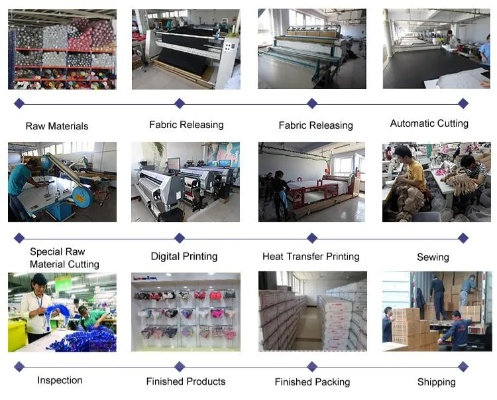
纺织品耐海水测试方法
试验原理
纺织品耐海水测试主要依据国际标准ISO 15892-1,通过模拟海洋环境中的盐分、温度、压力等因素,评估纺织品在特定盐度下的耐久性和抗腐蚀性。
试验步骤
(1)样品准备:选择符合要求的纺织品样品,根据标准要求进行清洗和处理。
(2)试样浸泡:将试样浸泡在模拟海水环境中,模拟实际使用条件。
(3)测试参数设置:设定合适的测试温度、盐度、时间等参数。
(4)数据分析:通过观察试样的外观变化、性能指标等,进行数据分析。
常用测试方法举例
(1)盐雾试验:通过模拟海洋环境中的盐雾环境,评估纺织品在特定盐度下的耐腐蚀性,试验时间一般为数小时至数天不等。
(2)海水浸泡试验:将试样浸泡在模拟海水环境中,观察试样的外观变化和性能指标,通常需要多次试验以获取准确数据。
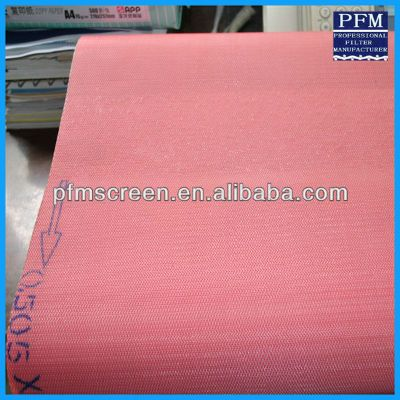
案例分析
某品牌纺织品经过耐海水测试,其性能表现如下:
-
测试样品介绍:该品牌的一款防水面料,用于海洋工程领域。
-
测试过程与结果:经过模拟海洋环境中的盐分、温度、压力等因素的耐海水测试,该面料表现出良好的耐腐蚀性和抗老化性能,在模拟盐雾环境中,面料能够保持较好的外观和性能指标,经受住了长时间的海水浸泡考验。
案例说明
在实际应用中,纺织品耐海水测试方法的应用范围广泛,以下是一些案例说明:
-
纺织品的选用依据:在选择纺织品时,应根据其应用领域和实际使用环境进行耐海水性能评估,海洋工程领域需要选择具有良好耐海水性能的纺织品,以确保其长期稳定性和安全性。
-
耐海水测试的重要性:耐海水测试是确保纺织品在特定环境下的性能稳定性和安全性的重要手段,通过耐海水测试,可以及时发现纺织品存在的问题和缺陷,为生产和使用提供参考依据。
总结与展望
纺织品耐海水测试方法对于保障纺织品在特定环境下的性能稳定性和安全性具有重要意义,在实际应用中,应遵循相关标准和规范进行测试,以确保测试结果的准确性和可靠性,随着海洋经济的不断发展,纺织品在海洋保护等领域的应用将会越来越广泛,对纺织品耐海水性能的要求也将越来越高,纺织品耐海水测试方法将会不断发展和完善,为保障纺织品在特定环境下的性能提供更加可靠的技术支持。
Articles related to the knowledge points of this article:
Trend Analysis of Fiber Textile Prices
Empowering Textiles:Exploring the Fabric of Success in Cottons Heartland
The Transformative Journey of Guangdong Hanbo Textiles Company
